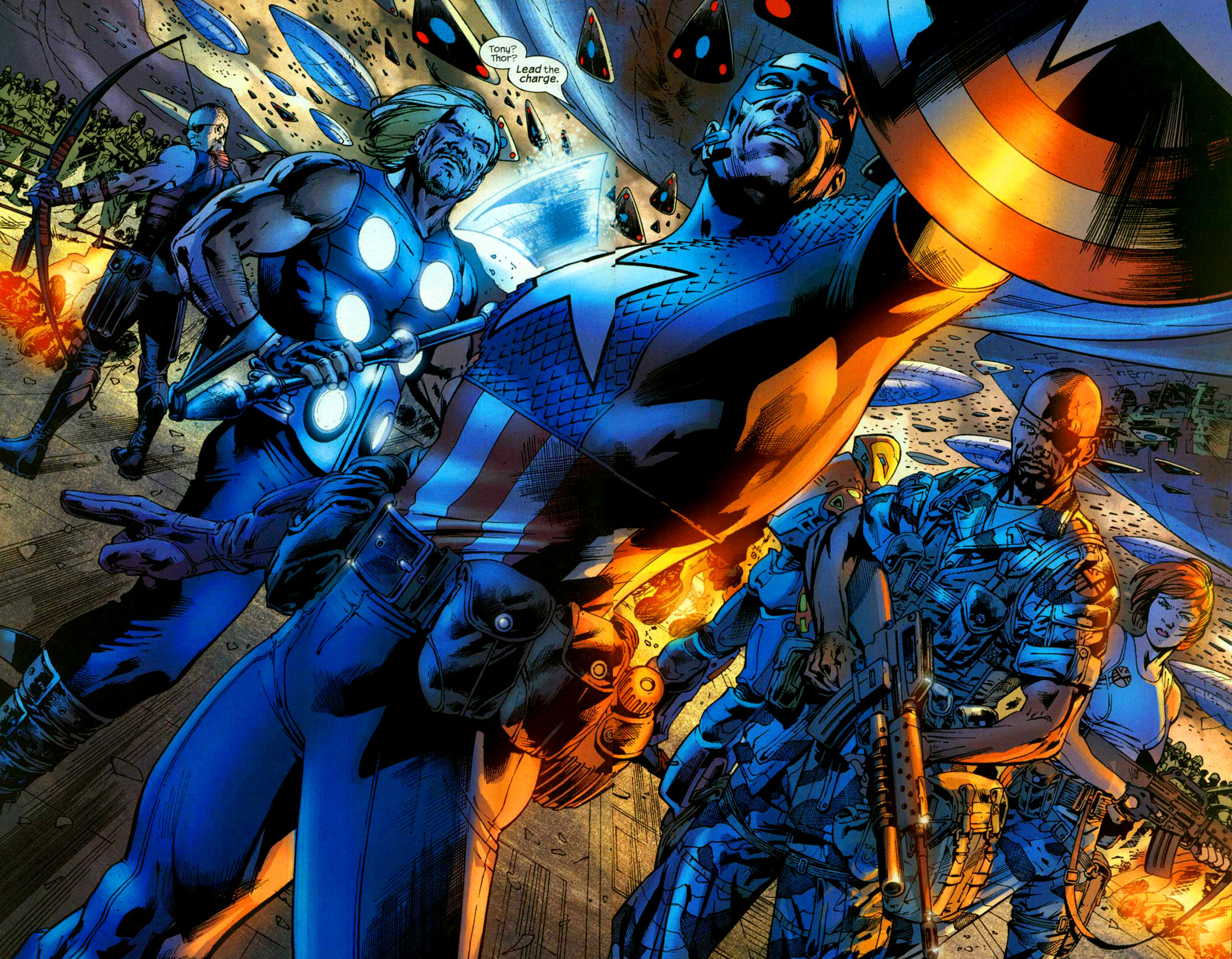2) How familiar are you with Avengers comics (i.e. are you an expert, a novice or somewhere in between)?
Nick: I’d say I’m somewhere in between, and far more versed in older Avengers comics than their more recent counterparts. Last year, I completed a chronological reading of every appearance of Thor from the character’s introduction in Marvel Comics all the way up through 1990 or so. From there, my only experience of reading the Avengers as the issues were released monthly comes from Civil War, its aftermath and the buildup to Secret Invasion. I was so underwhelmed by that event that I’ve never returned to monthly Avengers books since.
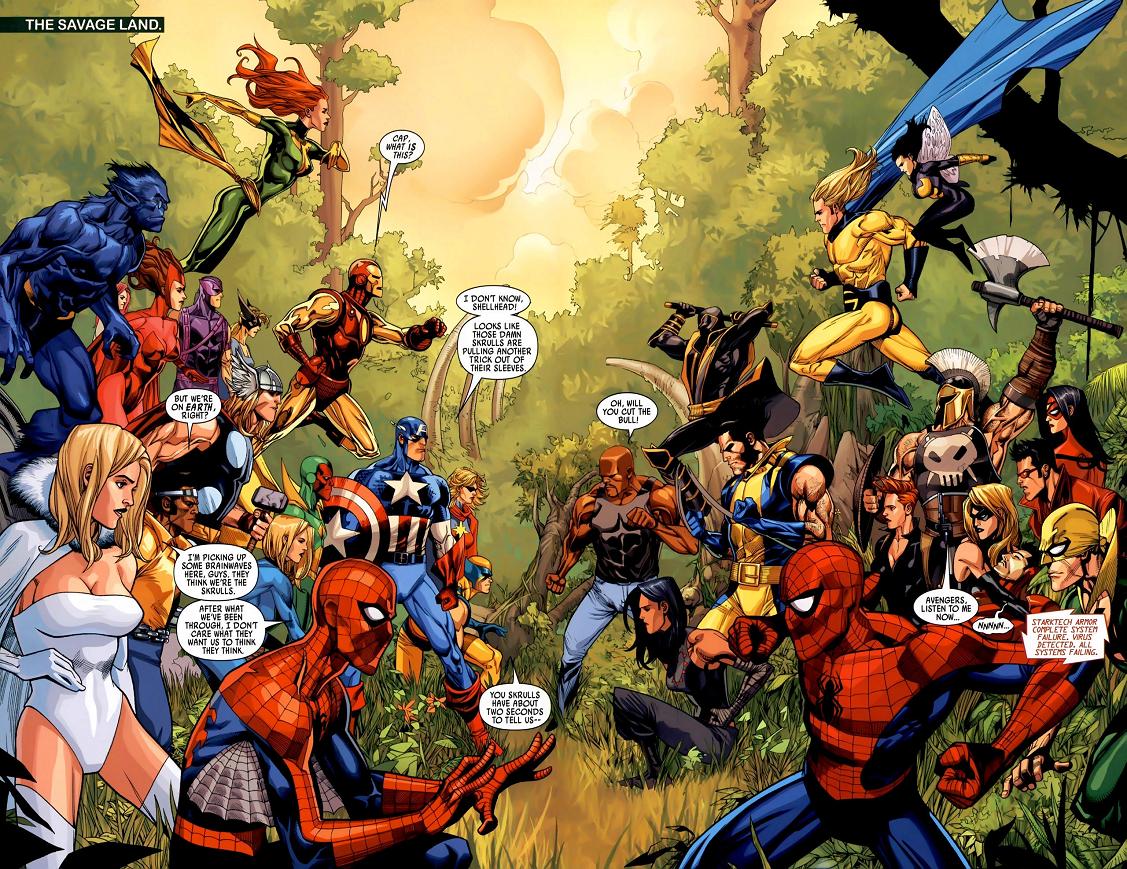
However, I would be remiss if I didn’t mention that I’ve followed the Ultimates pretty much all the way through their existence. That version of the team unquestionably hit its high point in its first two stories, but I’ve been there for nearly every adventure the team has had.
Greg: I am decidedly a novice. In fact, I might be a sub-novice (but not a Sub-Mariner). As mentioned earlier, I never got into Avengers comics. For whatever reason — and I had a few at the time — I viewed the Avengers side of the Marvel U as being for old readers. Kids like me were into the X-Men line and big cosmic events starring Adam Warlock and the Silver Surfer. As such, I didn’t ever really get invested or schooled in Avengers lore. I did, of course, devour multimedia adaptations like the Ultimate Avengers movies (eh), the Marvel Ultimate Alliance games (very good) and, of course the Marvel Cinematic Universe. I also read stories like “Avengers Disassembled” and “Civil War” along the way, and Nick lent me his Ultimates comics over the years. But overall, I know what I’ve read online and what experts like Tim and Todd have told me about Earth’s Mightiest Heroes (which, interestingly enough, is the name of the cartoon that taught me most of my existing knowledge about classic Avengers stories).
Todd: I’m pretty familiar with the Avengers, but I do have some blind spots. I stopped reading from before Avengers #300 until I picked them up again in Lee and Liefeld’s “Heroes Reborn” (OOFH), and continued to read up through the New Avengers/Mighty Avengers/Secret Avengers “X-Menning” (brand distillation) of the books. I really haven’t read much of their exploits since Bendis left.
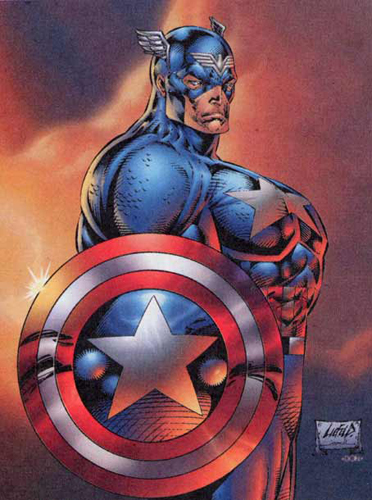
Tim: I’m pretty well-versed, but don’t think I could go so far as to claim “expert.” There are some real blind spots (such as the entirety of Steve Englehart’s lengthy tenure, for the same reasons I find most early Bronze Age Marvel a struggle). I guess I’m somewhere in the middle?
Russell: I’m somewhere between a novice and expert. I’ve read a good bit of Avengers comics, but I’d never say they are my primary super team.
3) What is the key to a good Avengers lineup? What is your favorite Avengers roster? Least favorite?
Nick: I mentioned earlier that I at first viewed the Avengers as lesser than the Justice League because of the lack of A-list characters for most of the team’s existence. However, that actually has kind of become part of my definition of an ideal lineup. Since Marvel’s heaviest hitters have often been missing from the team’s ranks, I’ve always thought the Avengers should function as more of a well-balanced team than their Justice League counterparts, which is to say it’s not enough to simply throw the seven or eight most popular characters together and call it an Avengers squad. I feel like there needs to be a natural tactical leader, a brilliant scientist or other “brain,” a heavy hitting “tank” and at least one or two non-powered characters. So, with that said, I’ll give the boring, obvious answer and give the lineup of Captain America, Thor, Hulk, Iron Man, Black Widow and Hawkeye as my favorite.
That stems not from the films, but from Mark Millar and Bryan Hitch’s Ultimates, which I’ve already mentioned was my first real Avengers comic. For least favorite, I’ll also turn to Millar’s work in the Ultimate universe and mention the terribly titled Ultimate Comics: Avengers, which had a lineup of War Machine, Nick Fury, Hawkeye, Gregory Stark, Red Wasp, “Nerd Hulk”, the Spider, and Black Widow II. In subsequent stories, Blade, Punisher, Tyrone Cash and Perun would join. Some of these characters have to be seen to be believed, such as the Spider, a cloned version of Peter Parker said to be so evil he can drive men to suicide through speech alone. Nerd Hulk is also a clone. You can guess his difference from his more common counterpart. Tyrone Cash was another version of the Hulk who was added. This was a version who somehow maintained his human appearance and who was revealed to be the creator of the process that created the Hulk despite having never been mentioned before. Post-Ultimates 2 stories aren’t much to write home about.
Greg: I think the key is balance. You have to have heavy hitters, in my opinion, to be appealing — your Caps, your Thors, your Iron Men, etc. But there needs to be a cohesion, a usefulness to the characters. Everyone can’t be Superman — you need the brains, you need the brawn, you need the energy projection and the hand-to-hand expertise. Most importantly, you need to have enough characters to make up a real team, but few enough that each has character development and a sense of purpose. My favorite lineup is probably the one from the Earth’s Mightiest Heroes cartoon: Cap, Thor, Iron Man, Hulk, Ant-Man, Wasp, Hawkeye and Black Panther.
As for my least favorite lineup, I’d have to go with the weird hybrid Avengers/X-Men team that came about after AvX. I’m OK with an X-Men character or two being in an Avengers book, but I hate the idea of the two teams being divided amongst each other.
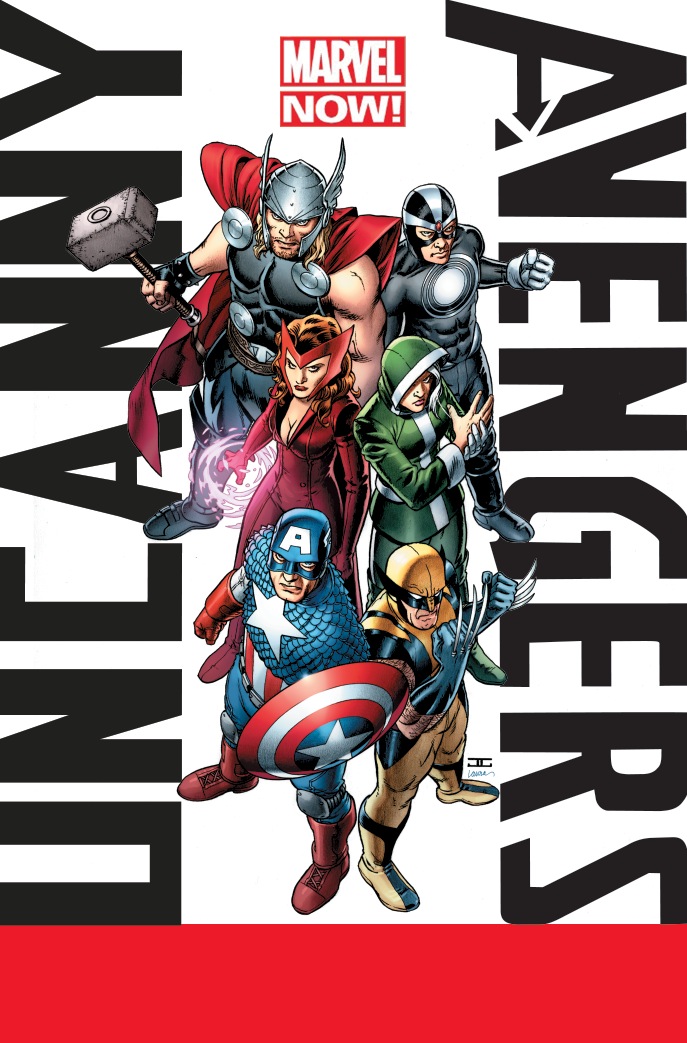
Todd: The best will always feature the constant core three of Cap, Thor and Iron Man as well as at least one “newer” hero to be the new readers’ perspective to the team. Historically, the “core three” haven’t had the most consistently compelling solo series (yes, that’s subjective, but I feel it’s fair), but they’ve always had tremendous chemistry as part of Earth’s Mightiest Heroes. It’s probably important to have Vision, Scarlet Witch and Hawkeye on there too, as they are often the “heart” of the team.
Tim: I’m a traditionalist/old fart when it comes to my Avengers. B- and C-listers all the way, with two or three heavy-hitters. Because, realistically, how else are these characters going to get any shine? In other team books, maybe, but those tend to be specialized to the point of exclusion for some characters. And if a title doesn’t have such clarity of focus (ah, Champions? Secret Defenders?), it sinks like a stone. But AVENGERS is the one ensemble series with a broad remit that isn’t going anywhere. It’s an institution. (More so than ever now!)
That said, the NEW AVENGERS age of unprecedented prosperity we’ve more or less been living in since 2004 is actually my least-favorite take on the concept. I don’t know if it was primarily in the execution, but that approach is decidedly not my cuppa. No team from this incarnation has ever been able to claim the honor of worst roster, however. The quintet of The Captain (Steve Rogers sans costume and shield), Thor, Mr. Fantastic, the Invisible Woman, and Gilgamesh (the Forgotten One, figuratively and literally) wins that race by a mile. This was, unironically, presented as Earth’s leaner, meaner, Mightiest Heroes – raised from the ashes after one of their frequent dissolutions – circa AVENGERS #300.
It’s hard to pin down a favorite. The Busiek/Perez ‘Heroes Return’ revival was like a greatest hits compilation, complete with a classic line-up. Cap, Iron Man, Thor, Vision, Scarlet Witch, Hawkeye, Ms. Marvel (then Warbird), and Wonder Man – with newcomers Justice and Firestar, plus Hank Pym & Wasp floating around the margins as kind of unofficial reservists. That’s about as iconic as it gets.
Then again, for all the grief it catches, I’ve a ton of affection for the motley Harras/Epting roster. Black Widow, Vision, Crystal, Black Knight, Sersi, Hercules, Thor/Thunderstrike, Cap (he came back), and Giant Man (ditto). (But not Deathcry. Never Deathcry. We dare not speak of Deathcry.) While it feels like nostalgia goggles are clouding my judgment, this line-up does illustrate my point about character development. A team of all A-listers might look bright and pretty, but you can’t really DO anything with those characters. Cap, Iron Man, and Thor in particular have their own titles where they’re naturally going to receive the most attention. But the likes of Sersi, Black Knight, and Crystal? Sure, it’s easy to dismiss them as lame-os, but that’s a sneaky asset more than it is a liability. Such characters can actually grow in a book like AVENGERS. It should be an action-heavy comic, yes, but page after page of shit blowing up, every single month, gets tiresome pretty fast. Having these members at the team’s core is a mutually-beneficial arrangement, adding value to the characters and the series itself.
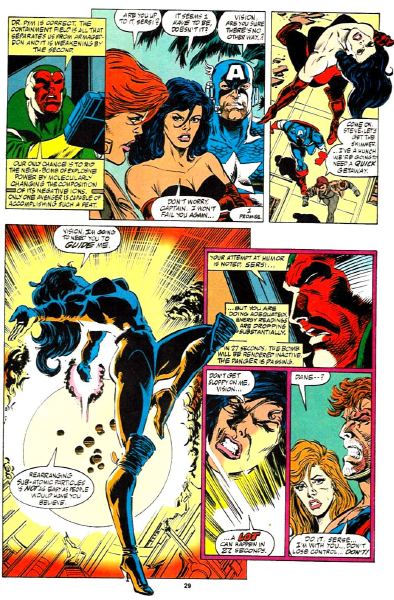
Admittedly, historical evidence suggests that the value I’m talking about is artistic rather than commercial, and they are quite at odds. What can I say, I like what I like.
You still need at least one of the Avengers “holy trinity” as an anchor. Cap served that role – and it was even made a story point – during this period. No sense having ALL the big guns there crowding everybody else out whilst being underserved as characters in an ensemble cast.
Russell: To me it’s about team dynamic. Do the members compliment each other but also have potentially conflicting personalities? Do they each fill a specific need for the team and the story? And the roster shouldn’t be too large. I feel something gets lost in the storytelling if the team grows too large. My favorite roster is pretty much the team selected for the first film. But, I’m also a fan of Bendis’s New Avengers lineup despite my feelings on X-Men and Avengers not crossing onto each other’s teams. And, c’mon, Wolverine didn’t really NEED to be there. But my least favorite is the gigantic roster that is the Hickman Avengers. Despite that, the story is actually really good as long as you read it all together.
